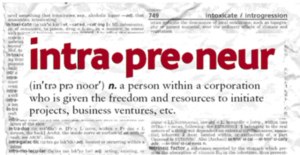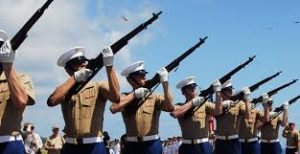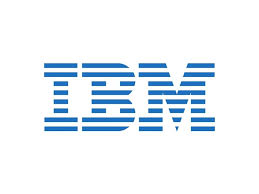VVA EOC Veterans Small Business Roundtable
VVA EOC Veterans Small Business Roundtable – April 12th
Located in Silver Spring, MD Join us for a special session of the Economic Opportunity Committee of the Vietnam Veterans of America. Participants will hear from the Associate Administrator, SBA Office of Veterans Small Business Development and learn about the new VET-Tec IT Training Program from the VA Education Office. You’re invited to participate in the discussion. register here: https://conta.cc/2UpXJmT












